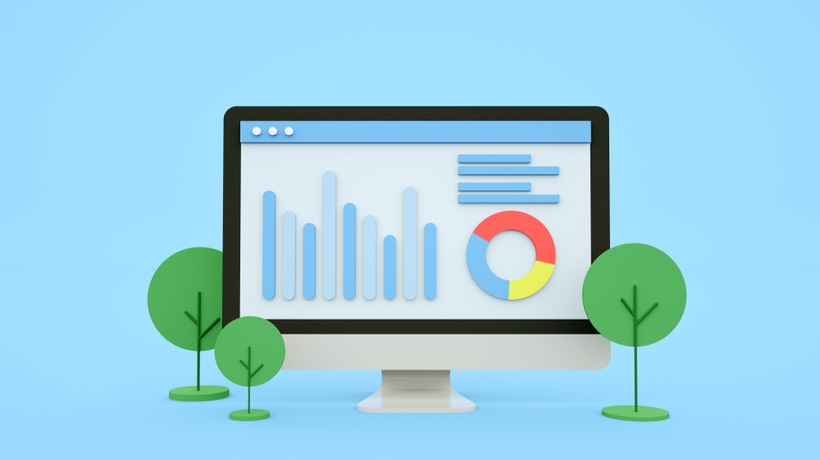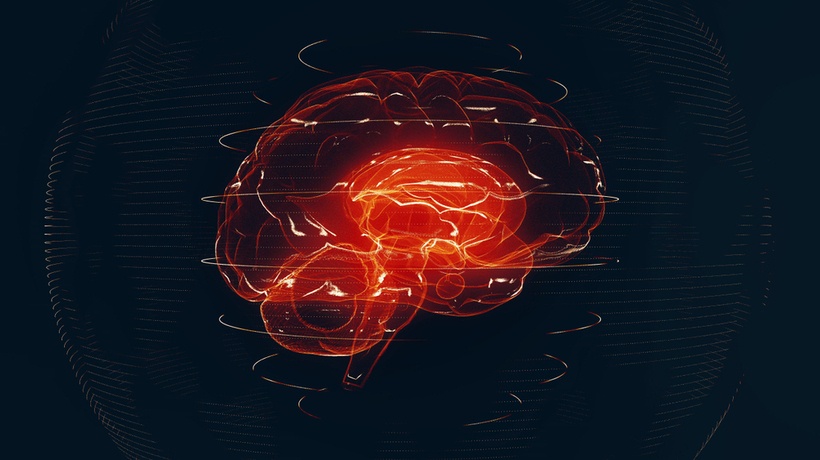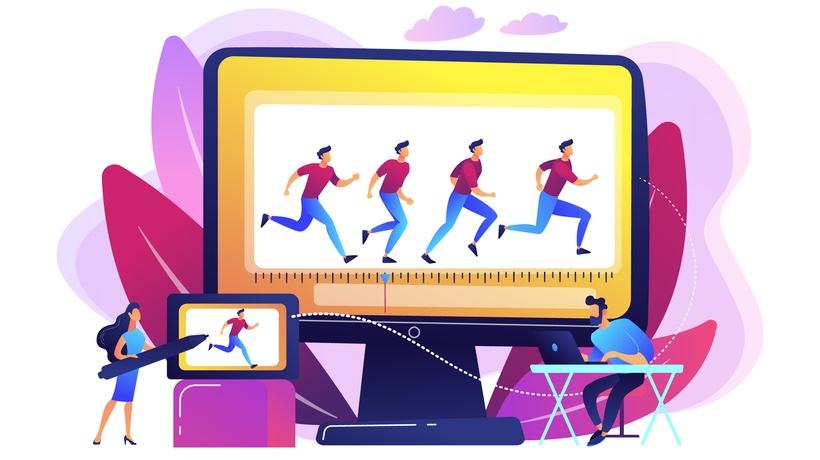Discover How Using Animation In Science Can Make Learning Fun
Do you believe that science can make you feel joyful and “high” like helium? If yes, then that's because of animated visuals! Animation and science both are imagination boosters. In fact, this duo can bring us many surprising benefits, especially when teaching science. Using animated videos in scientific subjects helps teachers solve one of the most aching problems: students perceiving science as boring. An animated scientific explainer video is a smart solution that will help engage learners.
What Is Science Animation?
Animated resources, such as videos, images, slides, etc., used for delivering scientific information are called science animation. Take Geoff Lawton's Permaculture Design online course, for example. Early on, he produced more than 700 live-action videos recording himself teaching a lesson. However, the complicated and abstract processes of permaculture can’t be fully delivered and explained only via these videos. Therefore, Geoff worked on combining live-action and animated videos in his courses and worked to create 330 learning videos. Science animations play an important role in helping students understand the complex effects of landscapes and climates, which takes hours if only explained with words.
The core value of science animation is high accuracy. When it comes to teaching science, whether it’s applied science or natural science, there should be no misunderstandings. In other words, a student's foundation of knowledge needs to be strong, firm, and bold so that they will be able to develop their learning journey. With the help of animated materials, science can now be both fun and informative at the same time. How? Let’s find out below!
How Can Animation Make Science Fun?
Offers A Welcoming Atmosphere
Nowadays, science appeals to a wider range of people. Previously, they may have thought that scientific subjects might not be right for them, but thanks to the colorful, friendly appearance of animation, students can feel more confident in taking a science class. Attending "science hours" is no longer a burden; instead has become a playful and exciting subject, and it is as exciting as going to the cinema or a comic book store.
Simplifies Complicated Content
Yes, one of the most common reasons why people find science tiring is that it involves too many difficult and puzzling factors, including definitions, internal/external relationships, chronology, and many more. How can we have fun when we have to digest so many things at one time? Animation to the rescue! These complex issues can be solved with animated resources using visualization. With visuals, learning science is made easier since our brain tends to process images a lot faster than written words. No more wordy or complex matters. Furthermore, complex data, like charts and numbers, is presented more beautifully.
Creates A Joyful Learning Experience
Most of us grow up with the fantasies of Cartoon Network, Disney Channel, or Ghibli Studios as childhood memories. With the application of animated videos in school subjects, especially science, students are now reliving their youth. They have fun, they get inspired, and they learn from science animation. Who said animation is only for children? Animated materials boost a student's learning spirit, make them more engaged, and improve learning outcomes.
Uses Motion
Motion is the strongest feature of science animation. Movements of characters, the transition of processes, or the operation of living things can all be shown by using motion. Its vital mission is to connect—everything is relatable. The smoothness of a video defines the success of delivering knowledge as it affects the learning process, motivation, as well as engagement. Do you need a lot of those "technique" motions or transitions? Actually no, too many movements can be counterproductive because it distracts learners. But yes, it’s an indispensable part, so knowing how to insert appropriate motion at the appropriate time is the secret to making a video more alive.
If you are looking for some animation software, we suggest Adobe After Effects, Toon Boom, etc. Template software, like Vyond, Powtoon, is good for creating basic and simple animations; however, it is hard to create proper animation. However, for the best results, you should use tailored animation from professional studios instead. Although the cost might be much higher, it reduces the amount of work and guarantees quality.
Optimizes Visualized Subjects
Another great feature of science animation is visualization. Poor visuals never conquer the learners (of course, there are exceptions: those intended for parody, which we won’t discuss in this circumstance). For higher education and non-entertainment videos, rich and intense visual materials with clear data from charts, models and images help learners understand the content better.
Here are some notes on using charts and models.
For charts:
- Tree charts are beneficial in showing the various kinds of relationships
- Classification charts are best used to present classifications (e.g., plant kingdom or animal kingdom)
- Collages are charts where information or pictures from other sources (newspaper, magazine, etc.) are pasted
- Flip charts are bound to make a flipbook or put on a stand and flipped backward like a calendar sheet
For models, remember to apply a reasonable type for each situation. There are 3 main types of models: static, sectional, and working. In a static model, parts of a system cannot be separated. On the other hand, sectional models allow you to remove and replace parts of an object. Apart from that, working models show the actual operation of an object or process (e.g., conduction of electricity, body systems).
Triggers Humor And Curiosity Via Storytelling
Another attractive feature of science animation is definitely storytelling.
Do you believe that storytelling is the trend of presenting complex and abstract topics, like science, nowadays? Everybody is attracted to inspiring stories thanks to the great feeling they give.
While we’re on the topic of introducing characters for emotional value, why not write a whole story or film plot? Humans have always been storytellers ever since we were living in caves. And since you’re informing your audience about new and complicated ideas, a good solution is to sandwich it with something they’re already familiar with—stories. Animation and storytelling go hand in hand, fusing together to make the best catalyst for emotions, reeling everyone in with funny, sad, triggering images, you name it.
To tell a story, first, you have to create objects and characters. You also need to create an outline of the flow of information: what happens before, what happens after. It’s a script. In this way, the content is easier to understand and science becomes friendlier to learners. But how to make it fun? The secret lies in using a sense of humor. For instance, it is wise to utilize analogies.
Never Stop Before You Create Inspiring Audio Narrations
Last but not least, animated videos with compelling visuals and audio descriptions can lead to the highest results thanks to the creation of a multisensory learning experience for viewers.
An animated learning video without a voiceover usually has more text. In science animation, when students are focusing on watching the movements of objects in order to see the process, it’s hard to read the included text. Through voiceover, the presence of lecturers, which is very important to a student's learning experience, is enhanced. The instructor’s familiar voice can decrease the feeling of isolation and demotivation when learners study online.
There is not much to say about how the tone of the narration can affect the mood of the learners. If you go with a sleepy voice, your students will get super sleepy. A dogmatic voice will bring heaviness and dullness to the video and make it stop being fun. It is vital that every science animation has clear and transparent dubbing. Try to be funny (give it a try) and inspiring. Be exotic and exciting!
Conclusion
To sum up, animation does wonders for teaching science, as its features make difficult and tough scientific topics more fun and engaging. Students will realize that learning science is a fun and enjoyable journey that leads to valuable knowledge.









